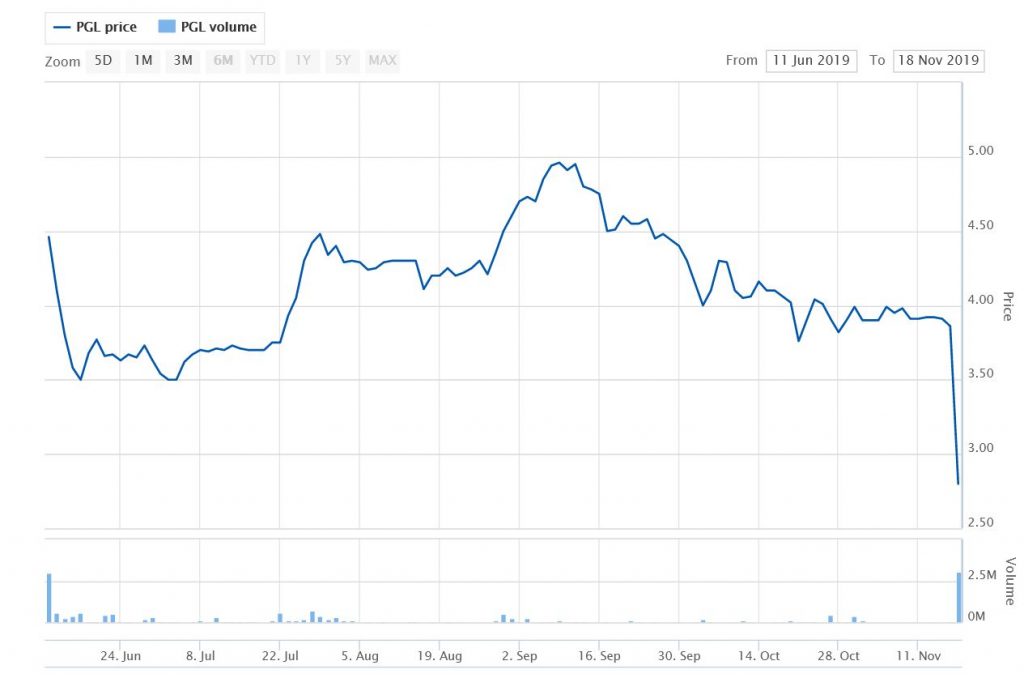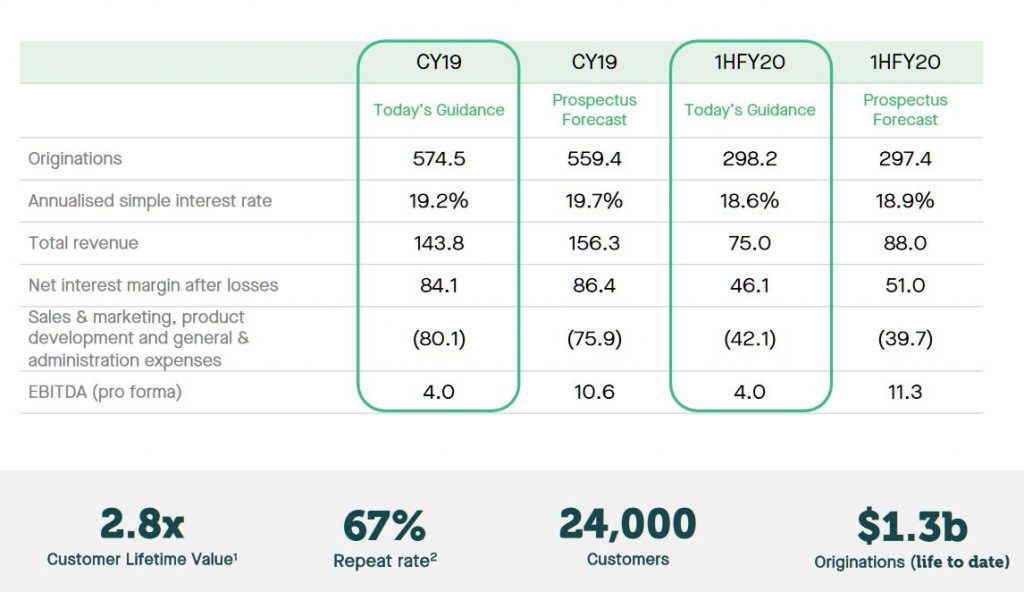AUSTRAC, Australia’s anti money-laundering and terrorism financing regulator, has taken Westpac to court, alleging the major bank violated anti-money laundering and terrorism regulation on over 23 million occasions. Via Australian Broker.

According to AUSTRAC CEO Nicole Rose, the decision to commence civil penalty proceedings came on the back of a detailed investigation into Westpac’s non-compliance.
The regulator has alleged Westpac’s oversight of its program intended to identify, mitigate and manage money laundering and terrorism financing risks was deficient.
AUSTRAC has found the failures led to “serious and systemic non-compliance” with the AML/CTF Act.
“These AML/CTF laws are in place to protect Australia’s financial system, businesses and the community from criminal exploitation. Serious and systemic non-compliance leaves our financial system open to being exploited by criminals,” said Rose.
“The failure to pass on information about IFTIs to AUSTRAC undermines the integrity of Australia’s financial system and hinders AUSTRAC’s ability to track down the origins of financial transactions, when required to support police investigations.”
Westpac allegedly failed to:
- Appropriately assess and monitor the ongoing money laundering and terrorism financing risks associated with the movement of money into and out of Australia through correspondent banking relationships
- Report over 19.5m International Funds Transfer Instructions to AUSTRAC over nearly five years for transfers both into and out of Australia
- Pass on information about the source of funds to other banks in the transfer chain, depriving them of information needed to manage their own AML/CTF risks
- Keep records relating to the origin of some of these international funds transfers
- Carry out appropriate customer due diligence on transactions to the Philippines and South East Asia that have known financial indicators relating to potential child exploitation risks
AUSTRAC aims to build resilience in the financial system and ensure the financial services sector understands, and is able to meet, compliance and reporting obligations.
“We have been, and will continue to work with Westpac during these proceedings to strengthen their AML/CTF processes and frameworks,” Rose said.
“Westpac disclosed issues with its IFTI reporting, has cooperated with AUSTRAC’s investigation and has commenced the process of uplifting its AML/CTF controls.”
Westpac is a member of the Fintel Alliance, a private-public partnership established by AUSTRAC to tackle serious financial crime, including money laundering and terrorism financing.







